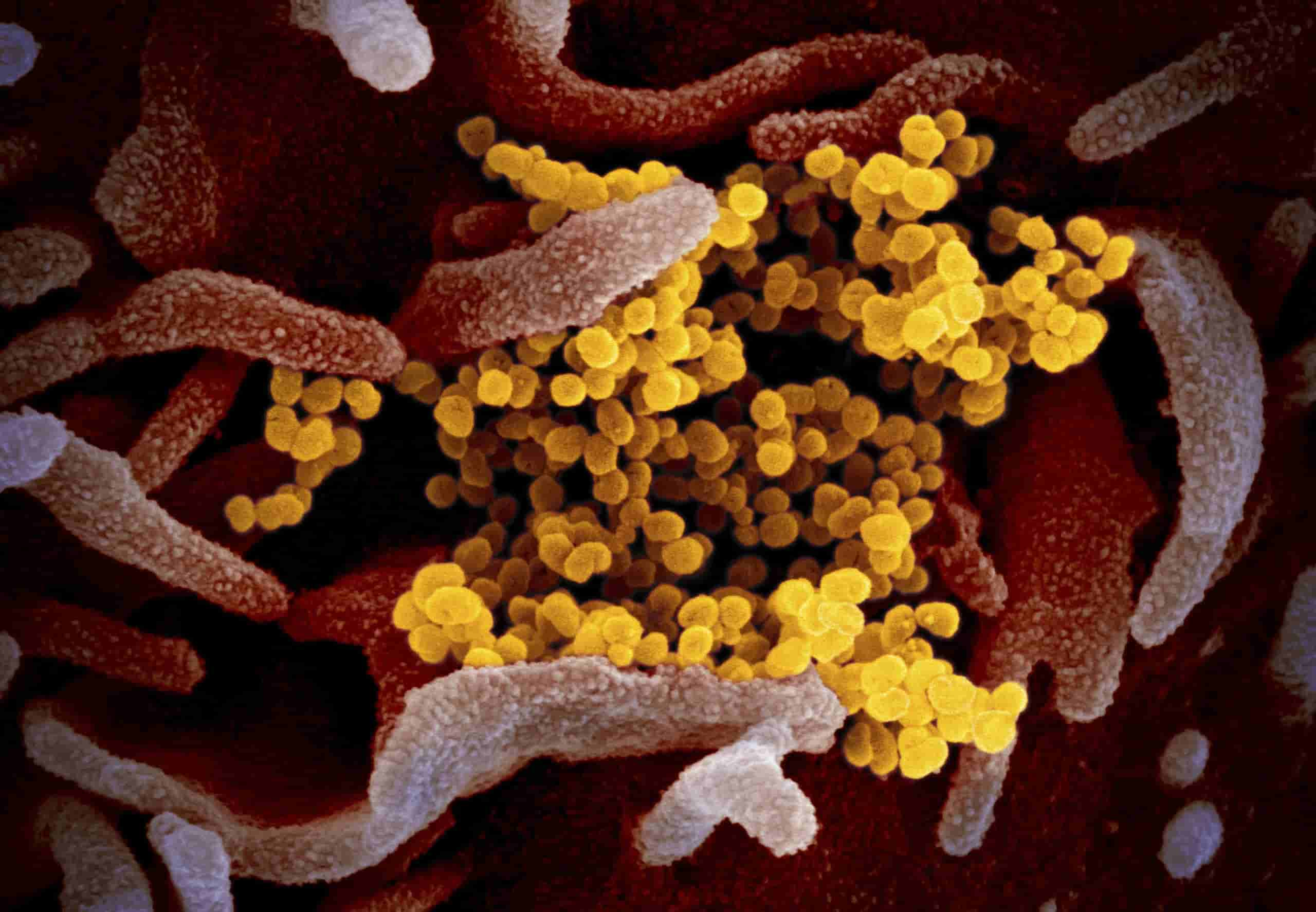Forty-nine states in the United States have reported that they found the Mu COVID-19 variant in their samples and sequencing. Only Nebraska did not report anything about the Mu COVID-19 variant. Dallas County is one of the areas that reported that the variant is already present in the current COVID-19 cases.
According to Dallas County health officials, they detected a total of five cases of the Mu COVID-19 variant, scientifically known as B.1.621.
Dr. Jeffrey SoRelle, an assistant instructor in the department of pathology at UT Southwestern Medical Center who is co-leading an effort to analyze COVID-19 tests, said that the cases with the Mu variant are present in late July and early to mid-August data that they have. More cases with the variant may be found as the tests to determine such presence takes one to two weeks.
Further, SoRelle said that not all Mu variant cases were travel-related. Hence, there is already a community spread of the variant. Because there is a community spread, SoRelle said it is best to monitor the trends in places with similar transmission levels of the variant.
“The best comparison for Dallas would be a place in the United States that has both delta and the new variants. And in those situations, the delta is actually overtaking them,” he said. SoRelle also encouraged people to get vaccinated because of the presence of another strain. If a person already completed two shots or a single dose of COVID-19 vaccines, they should consider getting a booster in the coming months.
He also talked about Mu in comparison to the Delta variant, noting, “So far, we’ve seen [mu] in the U.S., in Connecticut and the Virgin Islands, being present in prevalence levels as high as 8%. But it appears that it does not out-compete delta, and more recently levels [of mu] have actually been decreasing quite a bit in those areas.”

The World Health Organization listed the Mu variant as a variant of interest on Aug. 30. “Variant of interest” means it can cause significant community transmission. It has genetic features indicating it may affect factors like diseases severity and resistance to vaccines or treatment. Although the variant is not yet a threat, it is essential to monitor it because it is an emerging strain.
The Mu variant first appeared in Colombia in January. Since its discovery, it has spread to 39 countries but remains most prevalent in Colombia and Ecuador. In the United States, the Mu variant makes up for less than one percent of cases, as the Delta variant makes up more than 99 percent. In total, around 2,400 cases of the Mu variant are present in the United States per the Global Initiative on Sharing All Influenza Data findings.
The Centers for Disease Control and Prevention has not given the Mu COVID-19 variant an official classification yet, but Dr. Anthony Fauci, the top U.S. infectious disease expert, said the country is actively monitoring it.
Read More: Mu, Delta, Lambda: Here’s What We Know About Other COVID19 Variants


